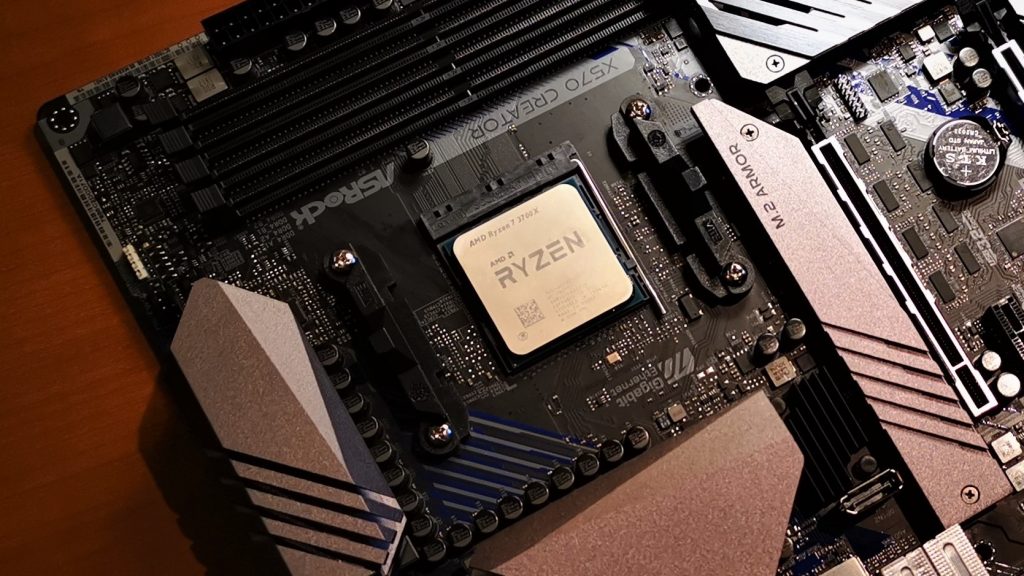For our Test Bench, we used a donated AMD Ryzen 3700x processor, our main requirement of this processor being that it had full PCIe 4.0 functionality. Check Amazon for AMD Ryzen 3700x CPUs.
As this AIDA64 CPUID result shows, we were able to push this CPU to 4300Mhz comfortably, although anything above that is pretty rare.
And then a bit of Cinebench R20 to confirm that our OC was doing ok.
CORSAIR HYDRO H115i PLATINUM CPU COOLER
As I mentioned a bit earlier, this chassis will not accommodate a radiator the size of the H115i (280mm) in the top of the case. As much as I have never been a fan of having the heat pushed through the case and then out, I felt sufficient cooling was achieved by a fan pulling air out directly above, and the traditional fan out the back. This CPU cooler was just too good to pass on.
My love of Corsair liquid CPU coolers comes from their complete silence. This version of the H115i is iCue compatible and comes with two large 140mm series RGB fans that I didn’t feel looked right, considering the front of the iCue 465x case is built to accommodate three 120mm fans. I simply left the three fans on the front and put the radiator behind it.
Given respect to iCue, 16 LEDS are contained within the pump head which can be individually controlled through iCue. As well, the included fans are RGB magnetic levitation fans to increase airflow.
The Corsair Hydro H115i Platinum CPU Cooler is priced at $169 at Amazon.
 The SSD Review The Worlds Dedicated SSD Education and Review Resource |
The SSD Review The Worlds Dedicated SSD Education and Review Resource | 

Its v odd you dont compare the nvme’s results when connected to the chipset nvme port?
Perhaps you could elaborate?
It seems inevitable that chipset lanes are degraded vs native lanes, but by how much? Comparinga pcie 4 nvme on each type of nvme port seems a good test, & pertinent to many nvme buyers.
Peter is saying that the two NVMe ports are powered by different “grades” of PCIe lanes. One port is powered by native PCIe 4.0 lanes from the CPU, The other is powered by PCIe 4.0 lanes coming from the chipset.
The Ryzen 3 series has 24 lanes of PCIe 4.0 connectivity. (Check Anandtech article here: https://www.anandtech.com/show/14161/the-amd-x570-motherboard-overview). The breakdown is 16x for graphics, 4x for NVMe, 4x for the Chipset link.
The chipset offers an additional 24 lanes of PCIe 4.0. But all of those are bottlenecked by that 4x link between chipset and CPU.
So one of those NVMe ports is “native” to the CPU and will run full tilt. The other is sharing bandwidth with all of the USB ports, the TB3 ports, the wired network controller, the wireless/BT controller.
Hardware which are used in these devices are too good and reliable and the proficiency is beyond the mark.
Just bout one of these. Like you I was attracted to the TB3 ports. My Windows based laptop with TB3 needed me to turn it on in the bios for it to work. Did you have to do anything special to make TB3 run at full speed? Did you get a chance to experiment with routing video into one of the a DisplayPort input ports? If so how did that go. Does it work as full TB3 with a video signal included?